For most countries in the world, the images on the banknotes mainly include cultural sites, scenic spots, or historical works of certain significance, and associated with the development of the country. So when traveling to Vietnam, have you ever wondered about the places that appeared on Vietnamese banknotes? Today Sakima Travel will explore with you all those special landmarks and the stories associated with them.
- 500 VND – Hai Phong Port


Hai Phong Port
500 Dong was issued on August 15, 1989 with the image of Hai Phong port, one of the largest and most important international seaports of Vietnam. Hai Phong Port was built in 1874, so far it has been in operation for more than 150 years – and has always played an extremely important role in the economic development of Vietnam.
- 1000 VND – Central Highlands


Central Highlands
1000 Dong was issued on October 20, 1989 with images associated with the daily life of working people in the Central Highlands. The most prominent images are elephants and logging. Elephants have long been considered a symbol in the culture and spirit of ethnic communities in the Central Highlands. Besides with the vast forests, wood also has an important meaning in their material life.
- 2000 VND – Nam Dinh Textile Factory
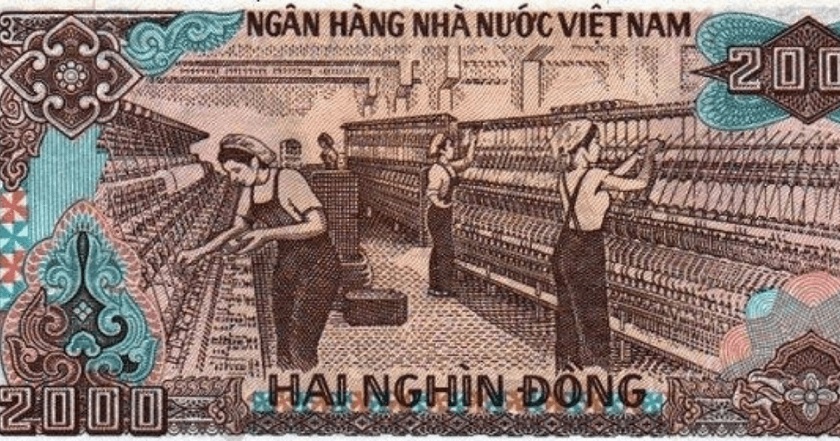

Nam Dinh Textile Factory
2000 Dong was also issued on October 20, 1989. The back of this banknote is printed with female workers working in Nam Dinh textile factory. Nam Dinh textile factory was built in the late 19th century by the French and was also the largest factory in Indochina at that time. This is also the place where the labor movement of the revolutionary period thrived.
- 5000 VND – Tri An Hydropower Plant


Tri An Hydropower Plant
5000 Dong was issued on January 15, 1993 with the image of Tri An hydroelectric dam (Vinh Cuu District, Dong Nai province). Tri An hydropower plant was built in 1984 and is the largest hydropower plant in the South. The project plays an extremely important role providing billions of Kwh per year for the southern key economic region – the leading economic region of the country.
- 10.000 VND – Bach Ho Oil Field
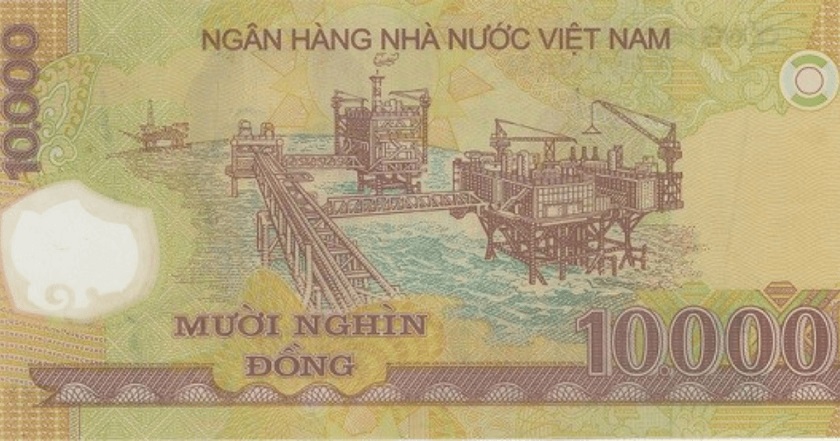

Bach Ho Oil field
10.000 Dong was issued on August 30, 2006 and is the lowest value polymer banknote. The banknote has an image of oil and gas exploitation at Bach Ho field (Ba Ria – Vung Tau area). Bach Ho in the Cuu Long sedimentary basin is the main oil supply field for Vietnam today with a reserve of about 300 million tons and was started commercial exploitation in 1986, making a significant contribution to the economic development of Vietnam.
- 20.000 VND – Bridge Pagoda (Hoi An Ancient Town)


Hoi An Bridge Pagoda
20.000 Dong was issued on May 17, 2006. The back of the banknote shows the image of Bridge Pagoda (Hoi An, Quang Nam). Bridge Pagoda was built by Japanese traders in the 17th century and is one of the ancient architectural works in the heritage land of Hoi An. Today, Bridge Pagoda is a place that attracts a large number of tourists, especially international tourists when coming to Hoi An because of its special value in architecture, culture and history.
- 50.000 VND – Nghinh Luong Dinh, Phu Van Lau (Hue Ancient Capital)
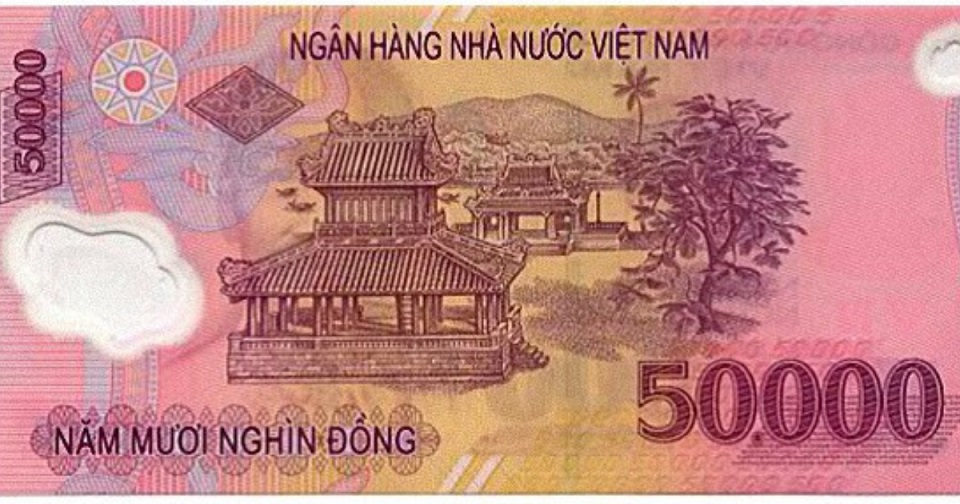
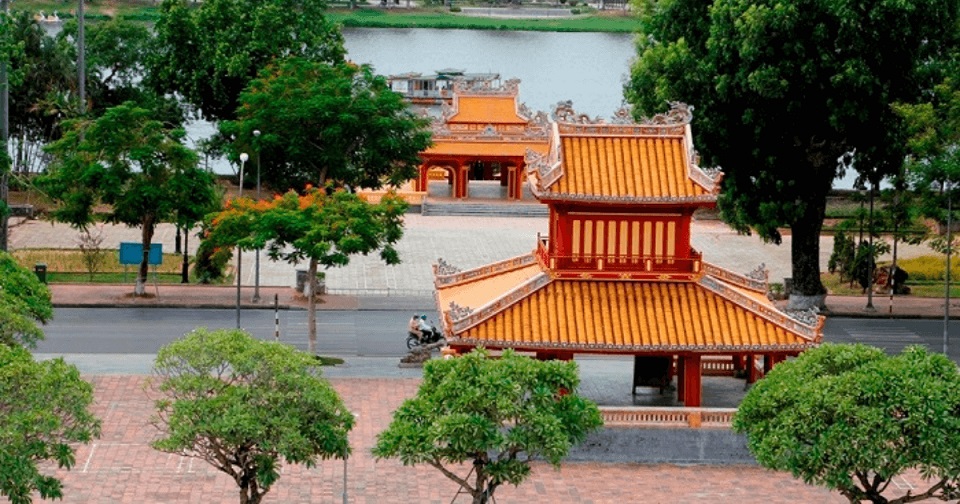
Nghinh Luong Dinh, Phu Van Lau
50.000 Dong was issued on December 17, 2003. The banknote bears the image of Nghinh Luong Dinh and Phu Van Lau – two of the typical works of the ancient capital of Hue. Nghinh Luong Dinh and Phu Van Lau were built during the reign of King Gia Long (the first king of the Nguyen Dynasty) each with a different function to serve the government’s affairs. Today, these are also two works that bring the soul of Hue culture and attract tourists from all over the world to visit.
- 100.000 VND – Khue Van Cac
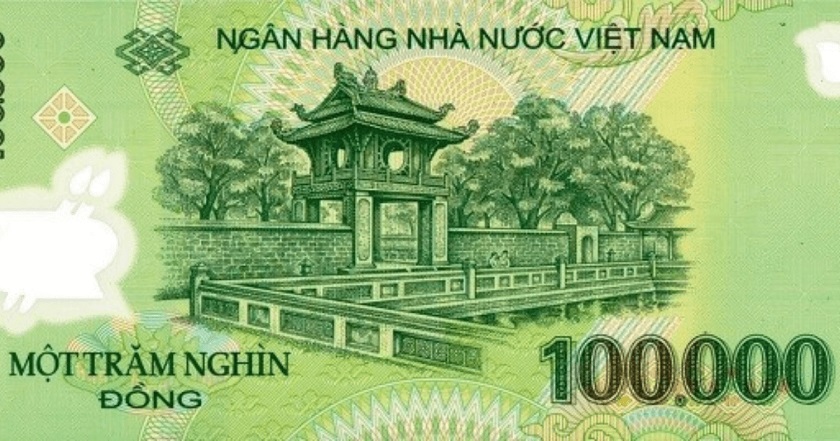
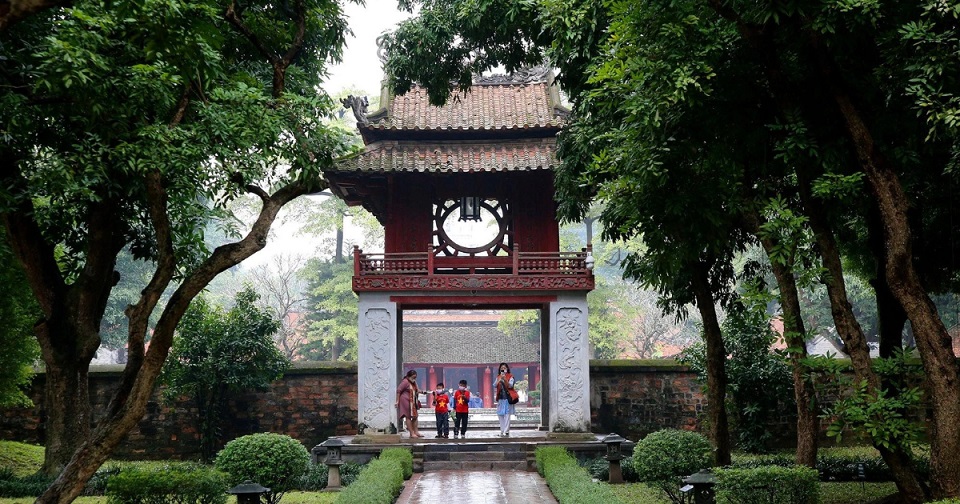
Khue Van Cac
100.000 Dong was issued on September 1, 2004. Khue Van Cac is the image appearing on the 100,000 dong banknote. Khue Van Cac was built in 1805 and is considered the symbol of the Temple of Literature – Quoc Tu Giam, one of 23 special national monuments. In particular, the architectural complex with the subject is the Temple of Literature where worshiping Confucius and Quoc Tu Giam – the first university of Vietnam.
- 200.000 VND – Dinh Huong limestone mountain (Halong Bay)
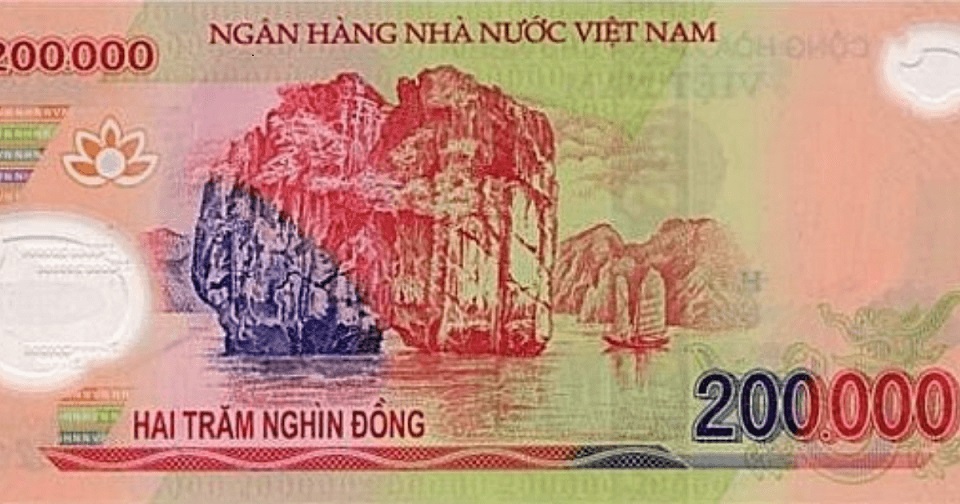
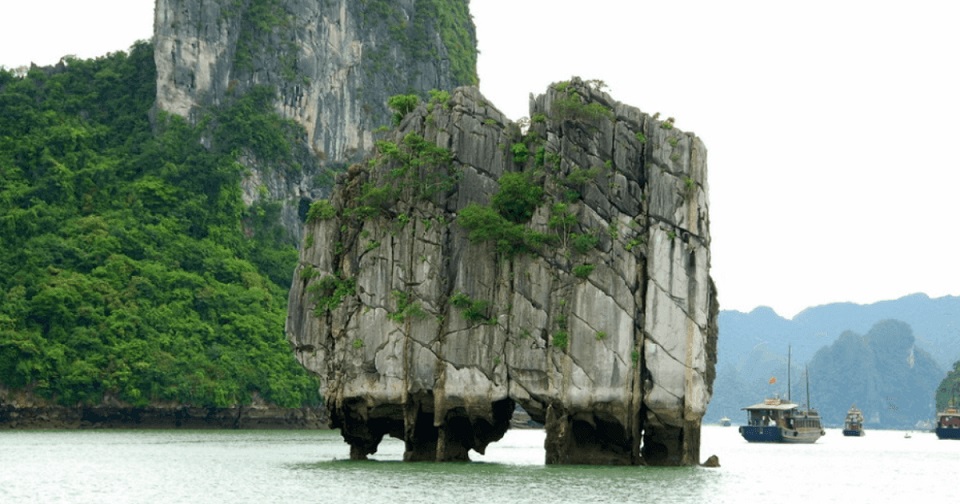
Dinh Huong limestone mountain
Issued on August 30, 2004, the 200.000 Dong note bears the image of Hon Dinh Huong – one of 1921 limestone islands in HaLong Bay – a world natural wonder recognized by UNESCO. Dinh Huong islet is a stone slab shaped like a giant incense burner standing in the middle of the sea as a sacred offering to heaven and earth.
- 500.000 VND – President Ho Chi Minh Native Home

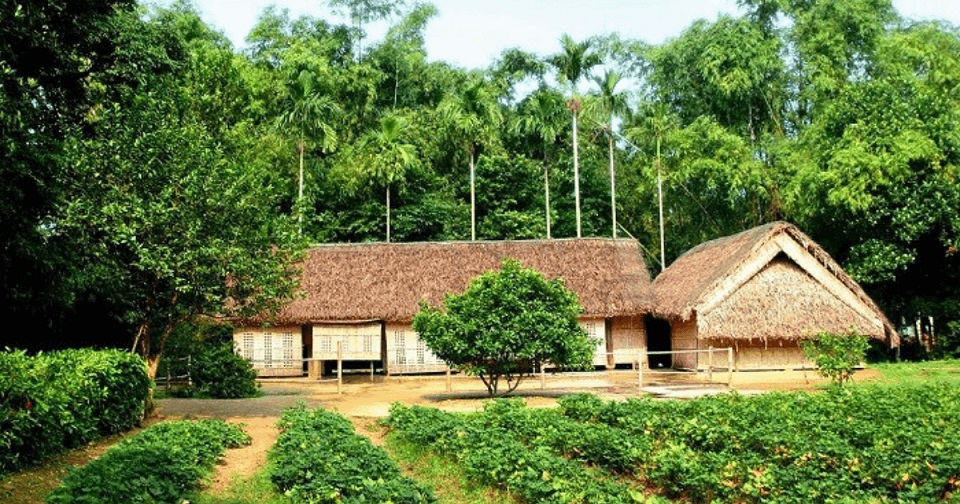
President Ho Chi Minh Native Home
500.000 Dong is the highest denomination banknote in Vietnam. The 500.000 Dong was issued on December 17, 2003. The landscape of President Ho Chi Minh’s house in Sen village, Kim Lien commune, Nam Dan district, Nghe An province was used to print on this banknote. The cottage belongs to the Kim Lien relic area – a center to store artifacts, documents, cultural and historical space about the childhood of President Ho Chi Minh and his family members.
The places mentioned above are all special works, historical relics associated with the development of Vietnam, or scenic spots that attract a large number of tourists. Through the above information, Sakima Travel hopes to bring you more interesting information, thereby understanding more about the country and people of Vietnam.